Forecasting and adapting to the family medicine workforce shortage
The Health Policy Exchange
MARCH 26, 2014
But how has the specialty of family medicine fared, and what else can be done to extend capacity of the existing primary care workforce? Image courtesy of the American Academy of Family Physicians Modest gains in the numbers of U.S. Health Policy Fellowship Department of Family Medicine Georgetown University School of Medicine

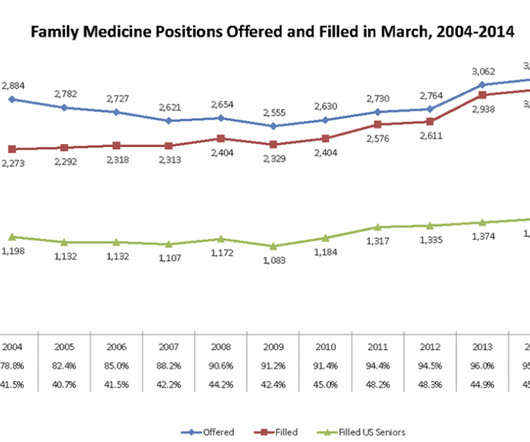
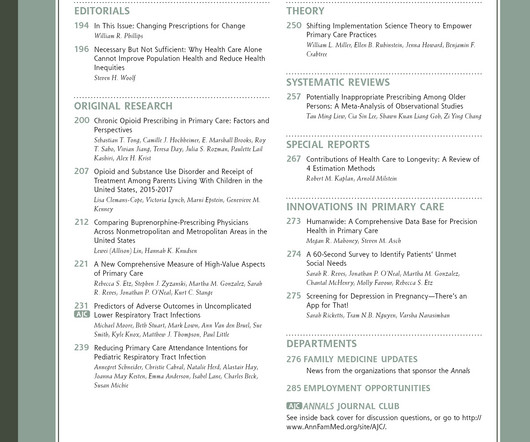
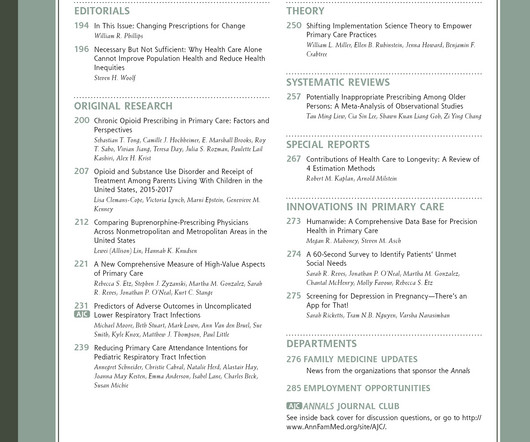
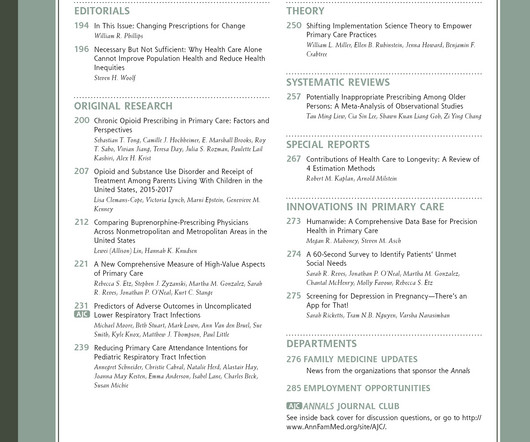
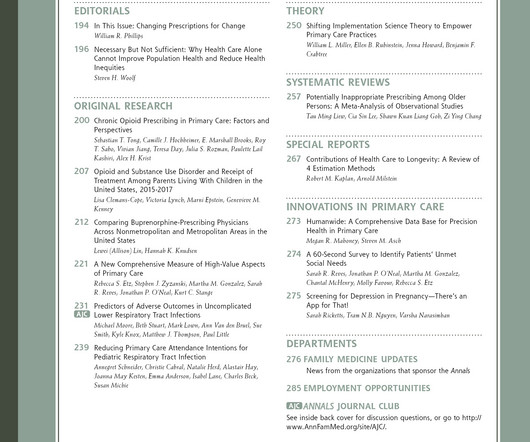

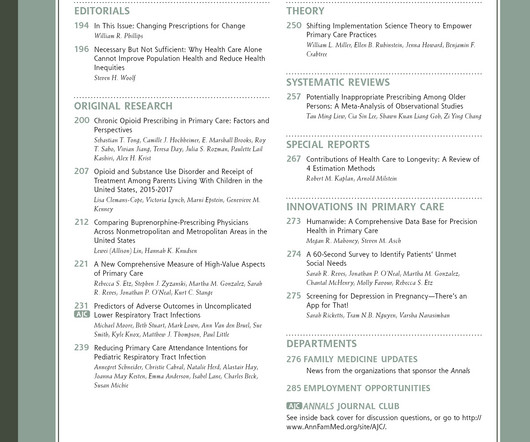






Let's personalize your content